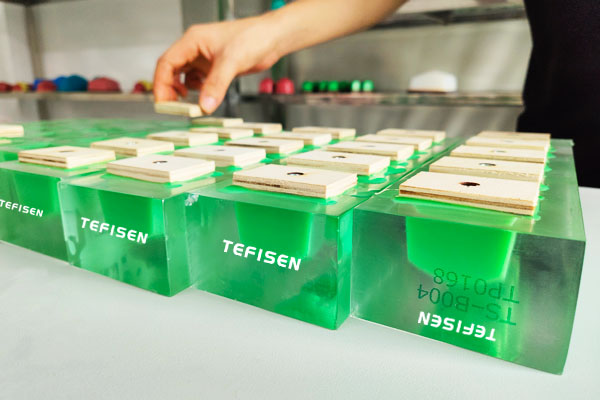5 Steps to Make A Good Pad Printing Rubber Head
There are thousands of different specifications of pad printing rubber heads, and these types of products require customization. They are all tailored to the requirements of each customer's product, with different sizes, hardness, and so on. So how is the transfer printing adhesive head made? Under the guidance of engineers from Guangdong Tefisen Technology Co., Ltd., the editor has outlined the following steps:
1. Sample analysis:
Based on the product provided by the customer or customer requirements, analyze the required hardness, shape, color, etc. of the adhesive head. The hardness of the transfer printing adhesive head is generally 15A-25A °, which is more suitable. The softer the adhesive head, the shorter its service life, which will also lead to an increase in printing costs.
2. Choose adhesive:
Transfer printing adhesive is divided into environmentally friendly adhesive and non environmentally friendly adhesive. As is well known, environmentally friendly adhesives are green and environmentally friendly, but they are expensive, and some in the food industry still need to meet food grade standards.
3. Mixing and mixing:
Add silicone oil, and the addition of silicone oil should be adjusted according to the hardness requirements of the product. The engineer in charge of transfer printing adhesive heads at Tefisen told me that generally speaking, adding 30 grams of silicone oil to 100 grams of adhesive paste results in a hardness of 15A ° for the adhesive head. The more silicone oil is added, the softer the transfer printing adhesive head will be. Add an appropriate proportion of curing agent and stir thoroughly until completely uniform.

Tefisen Pad Rubber Head Manufacturer
4. Air extraction:
Extract the air from the adhesive and defoaming it. The extraction time is generally about 10 minutes, depending on the defoaming speed. After extraction, it is necessary to leave it in a vacuum environment for a period of time to allow the bubbles hidden inside the adhesive to slowly escape.
5. Injection molding:
Pour the defoaming adhesive into the mold, heat it until it solidifies, and take out thepad printing rubber head after molding.
At this point, a pad printing rubber head is ready, which is the pad printing rubber head. There are requirements for educational resources, as well as for the production of pad printing rubber heads. It is necessary to find a reputable manufacturer to produce them.
